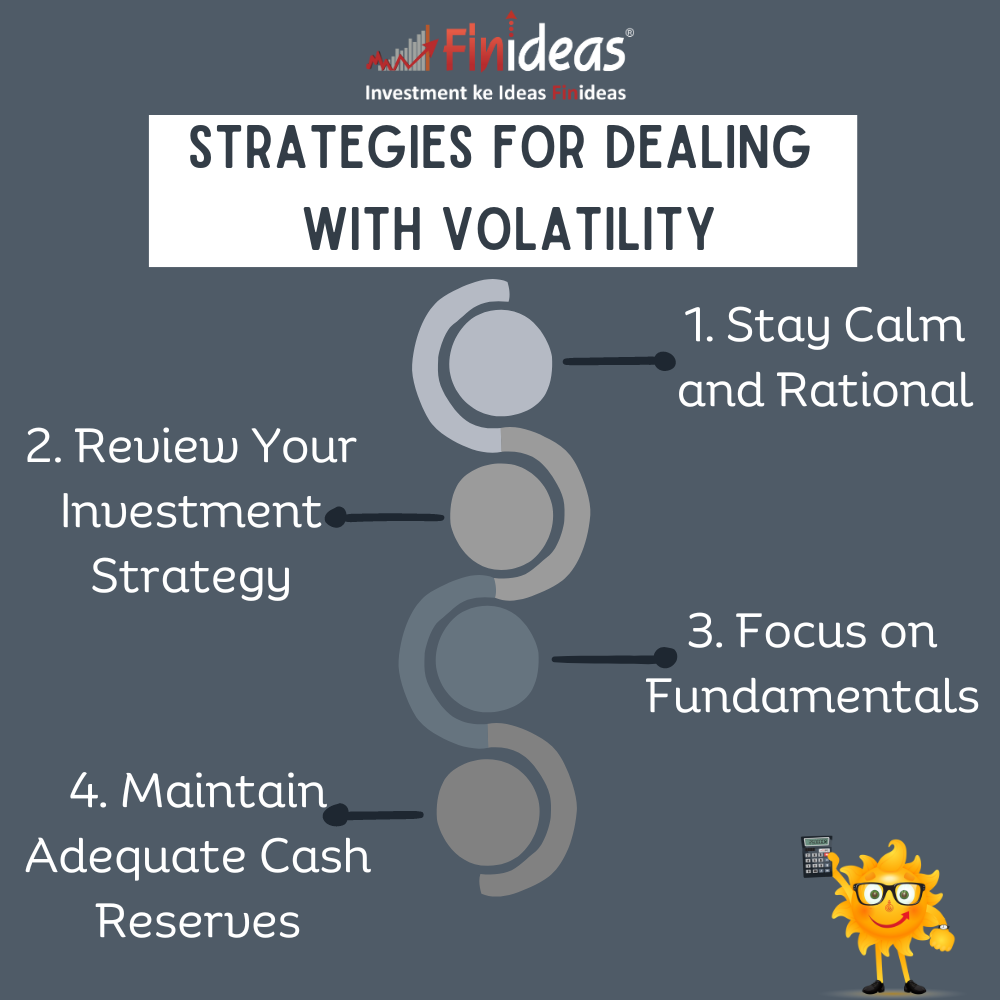How to Deal With Volatile Markets
Introduction:
In the world of investing, volatility is a constant companion. Market fluctuations can be driven by a myriad of factors, from geopolitical tensions to economic indicators and even unexpected events like pandemics. For investors, navigating through volatile markets can be challenging, but it’s not impossible. In fact, with the right strategies and mindset, investors can not only survive but also thrive in turbulent times.
Understanding Volatility:
Before delving into strategies for dealing with volatility, it’s essential to understand what volatility is and how it impacts the market. Volatility refers to the degree of variation in trading prices over time. High volatility implies large price swings, while low volatility suggests more stable price movements. Market volatility can be measured using indicators like the VIX (Volatility Index) or historical price data.
- Stay Calm and Rational: In times of market volatility, emotions like fear and panic can drive impulsive decision-making, often leading to suboptimal outcomes. It’s crucial to maintain a calm and rational mindset, focusing on long-term goals rather than short-term fluctuations.
- Review Your Investment Strategy: Take a step back and review your investment strategy in light of the current market environment. Ensure that your portfolio is well-diversified across different asset classes and industries to mitigate risk. Consider whether any adjustments to your asset allocation are warranted to better align with your risk tolerance and investment objectives.
- Focus on Fundamentals: Amidst market turbulence, it’s easy to get caught up in the noise of daily price movements. However, it’s essential to focus on the underlying fundamentals of your investments. Evaluate the financial health, competitive positioning, and growth prospects of the companies or assets in your portfolio. Quality fundamentals can provide a solid foundation for weathering short-term volatility.
- Rebalance Your Portfolio: Periodically rebalance your portfolio to maintain your target asset allocation. During volatile market periods, certain assets may become overvalued or undervalued relative to others. Rebalancing allows you to buy low and sell high, ensuring that your portfolio remains aligned with your long-term investment strategy.
- Maintain Adequate Cash Reserves: Having a cash cushion can provide flexibility and peace of mind during volatile market periods. Consider maintaining an emergency fund or liquidity buffer to cover unexpected expenses or take advantage of investment opportunities that may arise during market downturns.
- Implement Risk Management Strategies: Implement risk management techniques such as setting stop-loss orders or using hedging instruments to limit potential losses in your portfolio. While risk cannot be entirely eliminated, prudent risk management can help protect your capital and preserve wealth during volatile market conditions.
If your investment philosophy prioritizes safeguarding against potential losses, consider exploring INDEX LONG TERM STRATEGY.
Conclusion:
Volatility is an inherent feature of financial markets, but it doesn’t have to spell disaster for investors. By following these strategies and maintaining a disciplined approach, investors can effectively deal with volatile markets and position themselves for long-term financial success. Remember, in investing, patience and discipline often yield the best results.
How do you currently handle market volatility in your investment strategy, and are there any additional strategies from this list that you plan to implement to navigate turbulent market conditions more effectively? Comment Down below !
Happy Investing!
This article is for education purpose only. Kindly consult with your financial advisor before doing any kind of investment.


